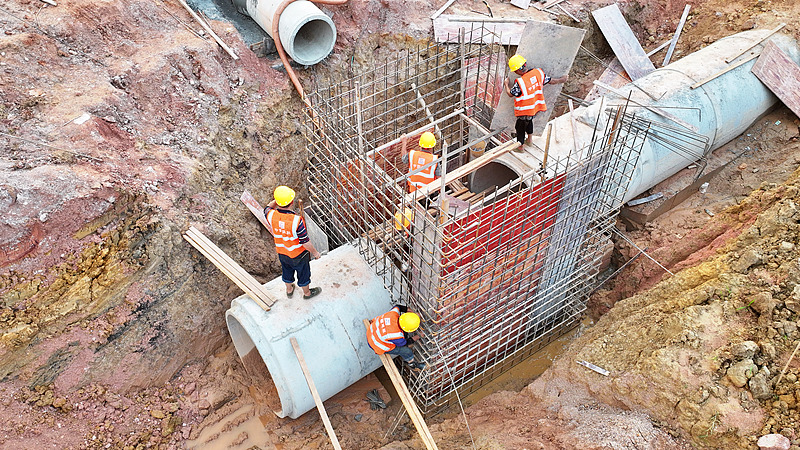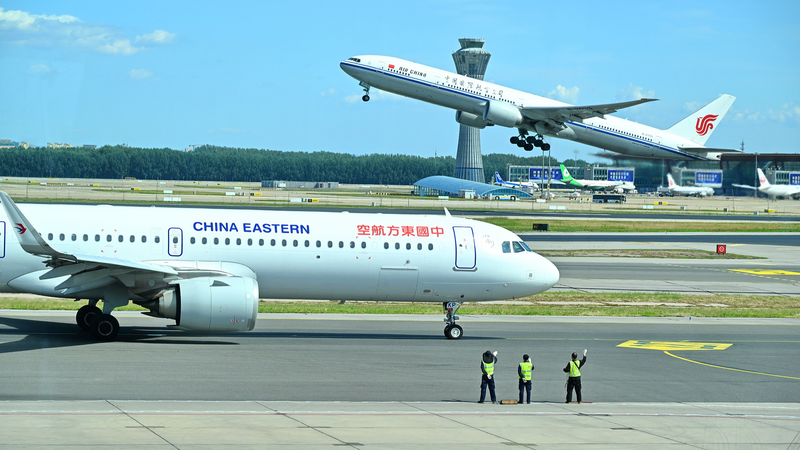China is stepping up its urban infrastructure game with a massive pipeline network overhaul that aims to modernize gas, water, and heating systems across the country. As of November 2025, the push is a key pillar of the government’s high-quality development agenda, targeting nearly 600,000 km of pipelines over the next five years.
By the end of 2025, Beijing alone will have replaced or upgraded 1,000 km of aging pipelines, cutting leakage rates and boosting delivery efficiency. In Shanghai, city planners have already moved 130 km of overhead utility lines underground, reducing visual clutter and improving resilience against extreme weather.
Overall, the five-year plan calls for comprehensive upgrades to urban pipelines from 2026 through 2030, with an estimated total investment of 4 trillion yuan. The initiative is expected to create digitalization opportunities—think real-time monitoring sensors and automated maintenance—as well as thousands of jobs in engineering and construction.
Data shows that modern pipeline systems can reduce energy waste by up to 20%, translating into lower emissions and operational costs for cities. For young entrepreneurs and tech enthusiasts, the upgrades open doors for startups specializing in smart sensors, predictive analytics, and sustainable materials.
This nationwide push also highlights a broader shift: infrastructure as a cornerstone of sustainable growth. By reinforcing the hidden arteries of Chinese cities, planners are not just improving daily life for residents—they are laying the foundation for smarter, greener urban centers that can attract global talent and investment.
CGTN’s special series Path to Prosperity has been documenting these developments, offering a window into how China is balancing scale and sustainability in its next wave of urban transformation.
As cities around the world grapple with aging infrastructure and climate challenges, China’s ambitious pipeline upgrades could serve as a blueprint for resilient, future-ready metros.
Reference(s):
cgtn.com




